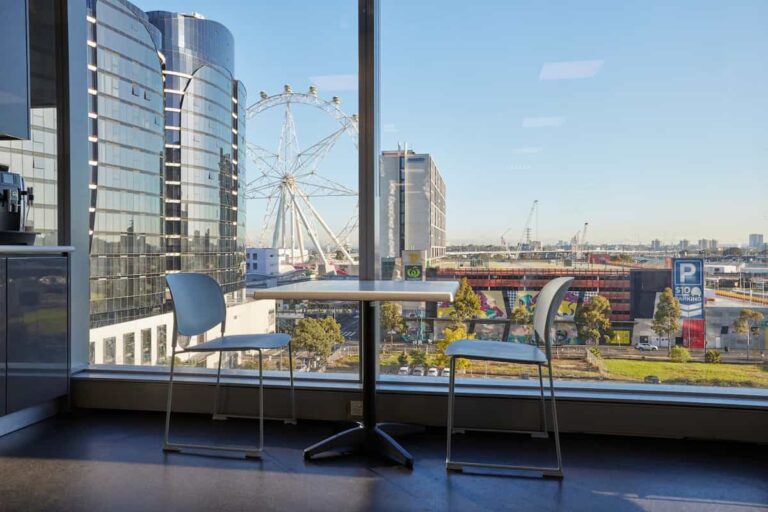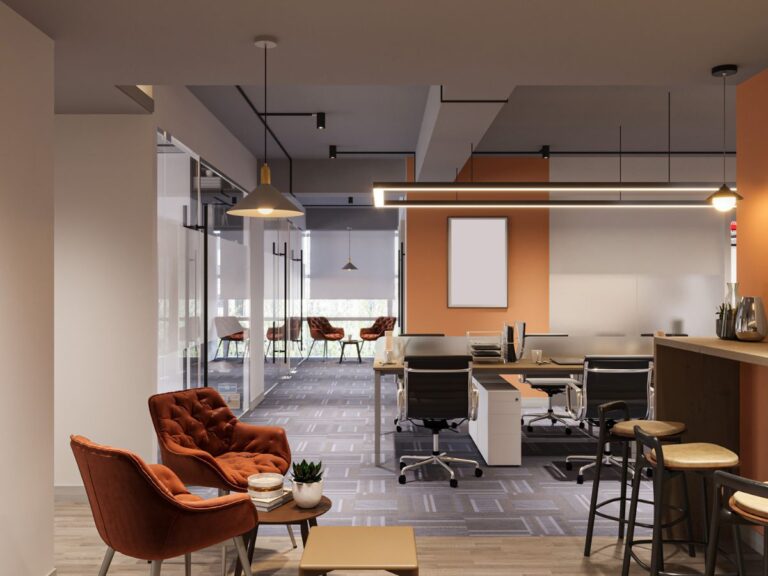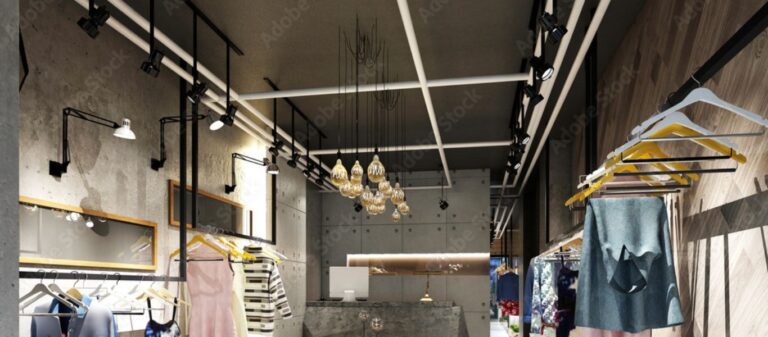The way businesses support their employees can make all the difference to their wellbeing and productivity. It is important to have a strong workforce strategy in place that covers areas such as office design, amenities, environment and ergonomics. From creating collaborative spaces for increased engagement and productivity to ensuring everyone has access to nutritious food options during breaks or building physical fitness into daily life at work – taking a holistic approach when considering workspace will lead to improved employee wellbeing over time. In this blog article, we will outline some of our top tips on how you can improve your workforce strategies for better employee wellness.
What is your workforce strategy?
Your workforce strategy is the set of approaches and initiatives you take to ensure that your employees are supported, engaged and productive in their work. It encompasses areas such as recruitment, training programs, team dynamics, leadership development and office design. Having a well thought-out workforce strategy can make all the difference when it comes to employee wellbeing as it allows employers to create an environment that promotes health and safety, encourages collaboration and communication, and rewards hard work.
What initiatives can improve your workforce strategy?
Offer Flexible Working Hours
Flexible working hours are becoming increasingly popular among employers as they allow employees to manage their own schedules, allowing them to balance work with other commitments such as family or education. This helps to reduce stress and ensure that employees have enough time to rest and recharge, ultimately improving overall wellbeing.
Provide Healthy Food Options
Offering healthy snacks and meals in the office can be a great way to boost employee morale and wellbeing. By making sure there are nutritious options available for lunch or snack times, you can help your team stay energised throughout the day while also promoting healthier habits.
Encourage Physical Activity
Promoting physical activity in the workplace doesn’t have to mean a gym membership for every employee (although this is an option if you wish). Whether it’s organising team yoga sessions or setting up a walking group, giving employees the opportunity to get active is important in helping them stay healthy and productive.
Prioritise Mental Health
Mental health is often overlooked in the workplace but it should be a key priority when creating a workforce strategy. By providing access to mental health resources such as counselling services, mindfulness apps or Employee Assistance Programs (EAPs), employers can ensure that their employees are supported in all aspects of their wellbeing.
By conducting surveys and having open discussions with your team, you will be able to identify key areas where improvements can be made. This leads into the next point.
Establish clear communication between employees and management
Effective communication ensures that everyone is on the same page and that projects are completed efficiently and effectively. A lack of communication can lead to misunderstandings and delays. By encouraging open dialogue and fostering a culture of transparency, businesses can increase employee engagement and productivity. When employees feel heard and valued, they are more likely to remain loyal to the company and perform at their best.
Provide training and development opportunities for workers to stay engaged
These opportunities can range from cross-training in different departments to attending courses and workshops, all of which can lead to increased job satisfaction and longevity. By investing in their employees, companies can foster a culture of continuous learning and development, ultimately leading to greater success and profitability for your company in the long run.
How to design a workplace layout that encourages collaboration and creativity
When looking to create a workplace that fosters collaboration and creativity, one of the first steps I take is to factor in the amount of space, lighting, and furniture required to support these goals. Flexible modular workspaces need to be ergonomically designed and include dividers installed between desks and movable walls.
Common breakout areas provide relaxation or collaboration points. Creative and collaborative spaces should feel open and inviting, with designated areas for group work and solo brainstorming sessions.
I also take care to integrate technology to enable seamless communication between team members, while still allowing for private chats or phone calls without disrupting the overall environment.
In addition to functional design elements, I incorporate decor and artwork that inspires creativity, adds colour and texture, and enhances the overall mood of the space.
When done right, a workplace that encourages collaboration and creativity can lead to happier employees and higher levels of productivity.
By investing in an ergonomically sound layout that meets industry standards, offering flexible scheduling options that accommodate family life and personal commitments, and encouraging clear communication between employees and management, you ensure your workplace remains an innovative team player who will ultimately enjoy coming into work every day.

Engaging a Professional for your Commercial Interior Fitout
At QTC Build, I can source a range of modular office furnishings, from ergonomic seating to custom-built workstations, and can conduct workspace strategy audits to examine opportunities for improved workflow after a return to the office, or changes to your company after mergers or acquisitions. I can generate photo-realistic 3D renders of your space, which help you visualise options and show you the final look of your new, flexible office space. With this tool, I can take you through the updates before the implementation. It will also help you explain to your employees the changes that will happen in their working space and get them on board with the new fitout and future new ways of working.
This process gives you options you hadn’t considered and the flexibility to consider how the changes will impact staff before any changes are agreed. I communicate all the options, to ensure I know your company’s needs. I also prioritise my client’s privacy and work closely with each business to help you manage changes in your team makeup and ensure a smooth transition.
I can carry out work after hours or on weekends to minimise disruption to staff. That’s why I will work with our clients to ensure that any construction is carried out in phases or in a way that minimises interruptions in your office space during construction.
If you would like to discuss how a commercial fitout can help your business grow, give me a call at QTC Build.








